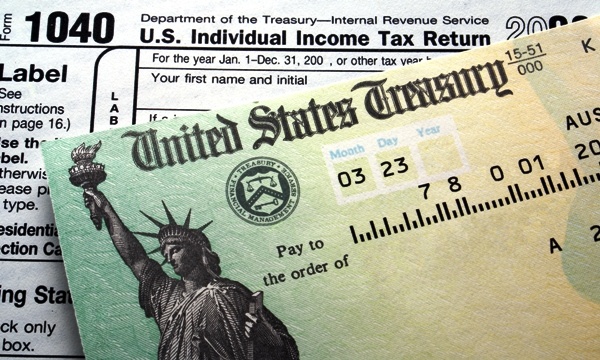The combination of time of year and new-car promotions on the same model you’re driving can mean thousands of dollars of difference on your trade-in. The difference made by timing your trade-in can be significant.
Used Car Values Can Drop
Used-car values drop more swiftly late in the year. New models have just appeared, while bad weather tends to hurt attendance and values at used-car auctions. Hitting used-car values even harder, though, are new car manufacturer incentives. When the value of that new car is reduced by a rebate, prices for corresponding used cars take a hard hit.
More than half of new-car buyers trade in their old cars. Most could get up to 15% more if they sold it themselves, but trading is far more convenient.
Looks Do Matter
With a trade-in, how your car looks, its mechanical condition, the condition of the tires—even the color—all affect the value.
What you can do:
Make the seasonal factor work for you. Cars depreciate about 15% per year. If you’re planning to get a new car during the year, trade it in during the early months to cut down on depreciation. Timing your trade-in can help on depreciation.
Get your car in top condition. Get a professional detailing job. You will more than recapture the $50 to $150 you may pay for painstaking cleaning in trade-in value.
Do Your Homework
Know your car’s value. This way you’ll at least be able to tell if the trade-in offer from the dealer is in the right ballpark. Check Edmunds.com and Kelley Blue Book (www.kbb.com) for an idea of trade-in price for your car.
Deal with the dealer. When you get to the dealership, try to negotiate the price on a new car before talking trade-in. Otherwise the salesperson may give you a high trade-in value and make it back in a higher price for the new car.
The professionals at Mid Oregon Credit Union can help you finance your car purchase. Stop by, email or call today at (541) 382-1795, or check out our online loan application at www.midoregon.com.





